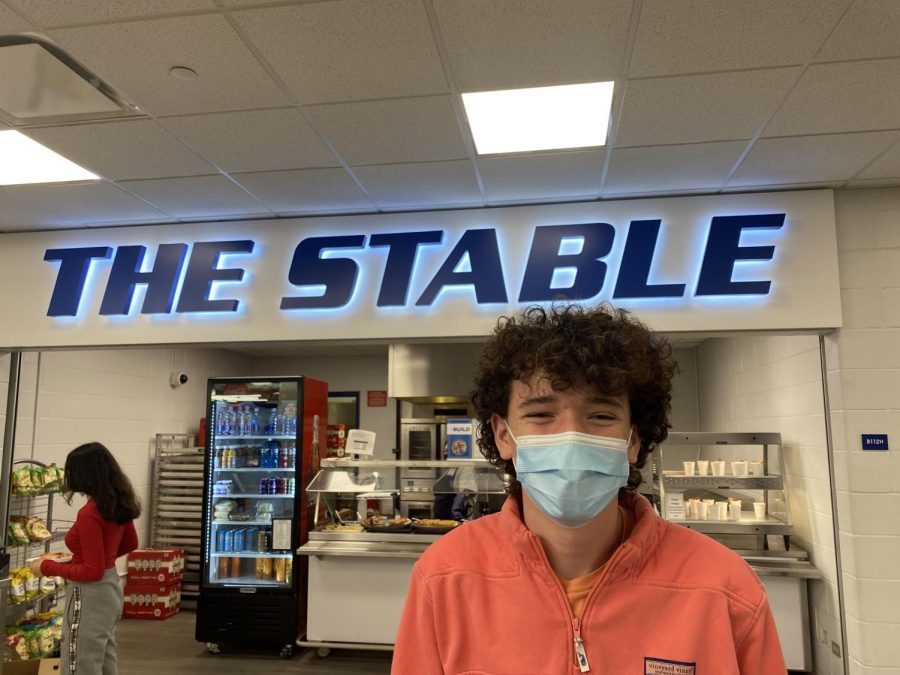Chowing down on lunch prices: Why the cafeteria should display the cost of food
At any restaurant they will show both the exact amount of money they are paying for each individual item and the total price of the meal; unfortunately, DGS cafeteria does neither.
Every day, students who forgot their lunch or those who typically buy lunch gravitate towards the crowded cafeteria searching for what they might want. With no luck in finding the prices of the food, they grab what they think will be a reasonably priced meal and head to the checkout line. They scan their student ID card, receive their food and get shoved out of line; this student just spent $5 on a wrap and chips but didn’t even know it–this needs to change.
One thing DGS prides themselves on doing is preparing students for the “real world.” However, in the “real world” individuals have to keep financial records, and there’s really no better time to start learning how to keep track of money than at school lunch. By not allowing students to know how much they are spending on lunch, DGS is not utilizing their ability to teach students how to record their finances.
This is not just affecting students but parents as well because this situation only occurs when individuals pay with their student ID. However, parents are the ones who typically fund these cards and they don’t realize just how expensive the cafeteria food is. Now, parents are confused why half a week’s paycheck is going to DGS iced coffees and Hot Cheetos.
Nowhere is this construct normal. At any restaurant, they will give both the exact amount of each individual item and the total price of the meal, unfortunately, DGS cafeteria does neither. The only source of menu with prices is a miniature, outdated sign that gives prices for food that are no longer present in this section of the cafeteria.
Many students at DGS have financial needs, so they can’t afford to spend loads of money on school lunch. By not knowing how much food costs, the students are unfairly forced to make an assumption on what they think they can afford. However, it would make the lives of all students, not just individuals with financial needs, much easier if they were just told how much they are paying for their school lunch.
Anyone who has ever stepped foot into the DGS cafeteria during a lunch period can see that it gets overwhelmingly crowded. Some might argue that the most important thing is getting students in and out of the lunch line as quickly as possible. They will say that one way for them to make the line move faster is to shorten the interaction between the cafeteria workers and the customers, which includes not mentioning the lunch prices.
This idea is inaccurate because the long lines and packed cafeteria does not come from the five second interaction of telling someone that their meal will be $5. It is rather the length of the line comes from students who are reluctant to pay attention when they are up to pay. So, the amount of time spent in the lunch line is in no way affiliated with the cafeteria workers answering the simple question of how much does that cost.
The only solution to this silent, yet important issue is for the school to encourage cafeteria workers to tell students the prices of the food they are paying for. Better yet, to display the prices of the food on containers or create large menus that one can see from the end of the line. Either way, DGS needs to inform students how much they are paying for their meals.


